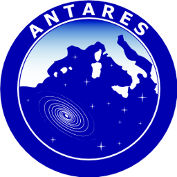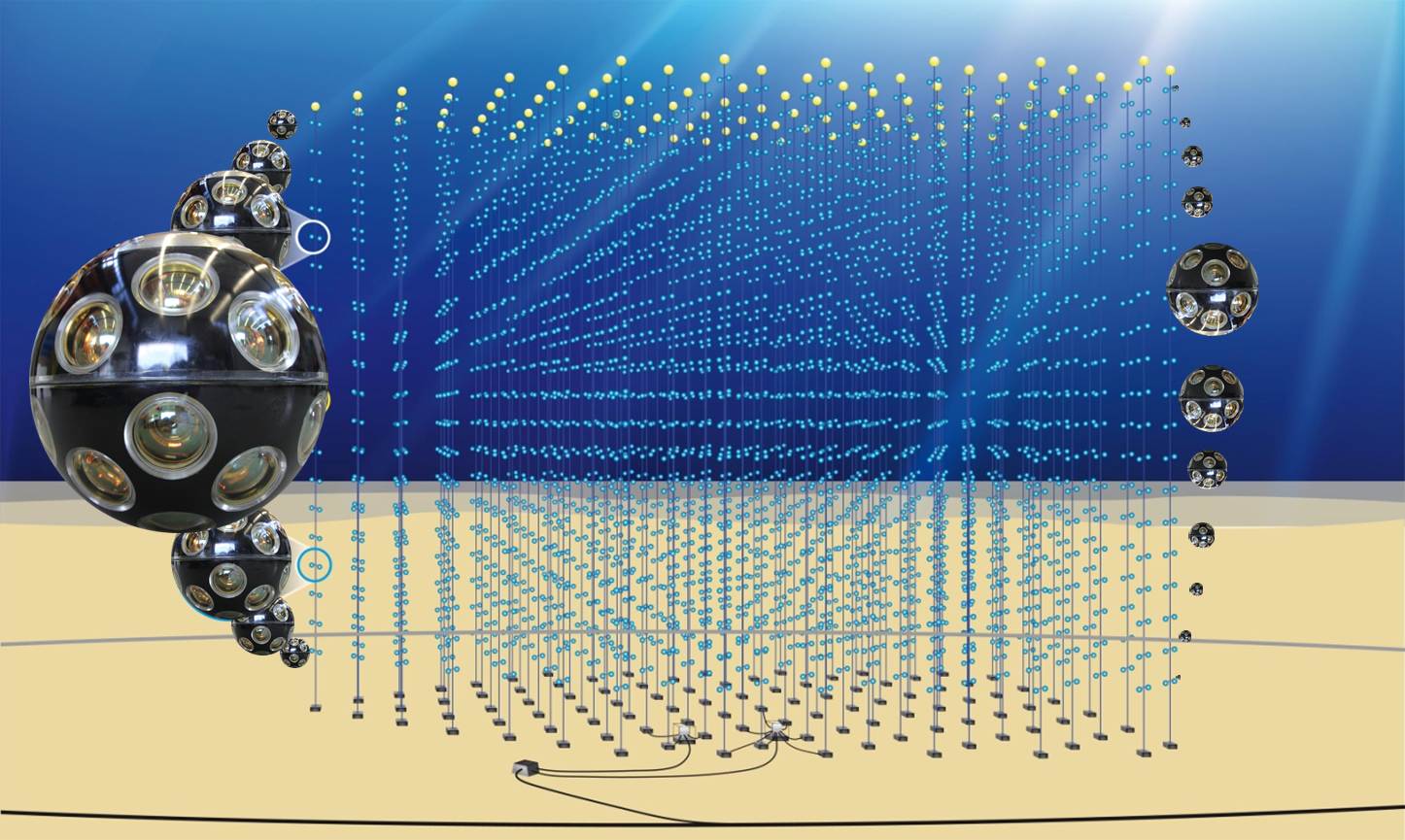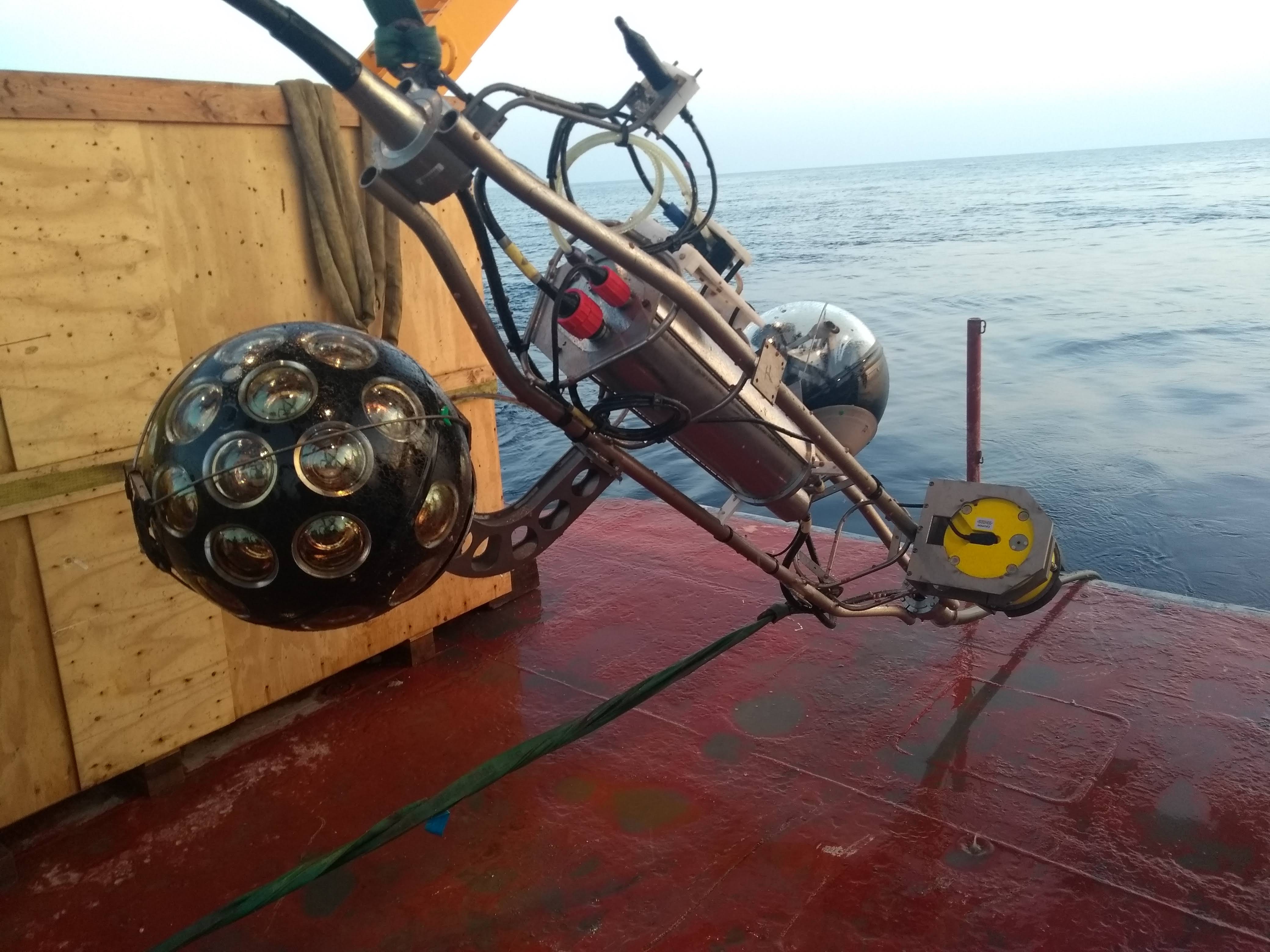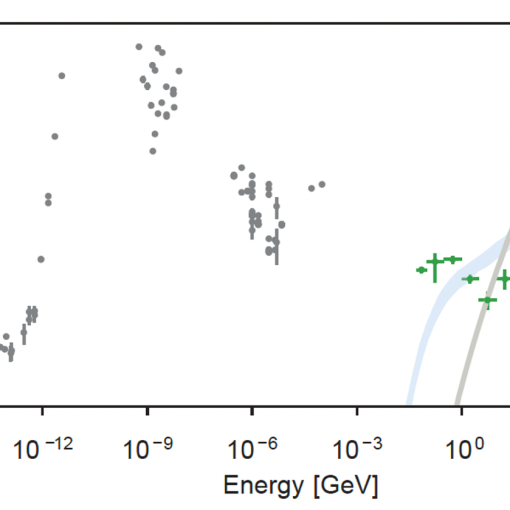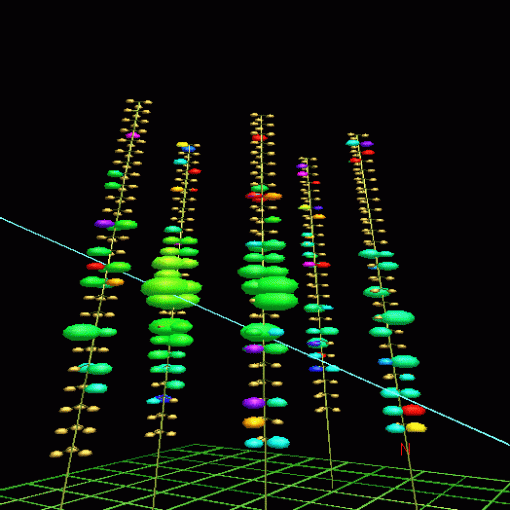Non-standard interactions (NSIs) in the propagation of neutrinos in matter can lead to significant deviations in neutrino oscillations expected within the standard 3-neutrino framework. These additional interactions would result in an anomalous flux of neutrinos observable at neutrino telescopes. The ANTARES detector and its next-generation successor, KM3NeT, located in the abyss of the Mediterranean Sea, have the potential to measure sub-dominant effects in neutrino oscillations, coming from non-standard neutrino interactions. In this contribution, a likelihood-based search for NSIs with 10 years of atmospheric muon-neutrino data recorded with ANTARES is reported and sensitivity projections for KM3NeT/ORCA, based on realistic detector simulations, are shown. The bounds obtained with ANTARES in the NSI μ – τ sector constitute the most stringent limits up to date.
You may also like
In the simplest scheme a proton from cosmic rays interacts on a nucleus of the atmosphere and produces neutral and charged pions […]
The disconnection of the interlink cables between the junction box and the line anchors, carried out with the manned Nautile submarine on 12/02/2022, defined […]
ANTARES congratulates IceCube for their highly significant (4.2σ) observation of a new High Energy neutrino source NGC1068, a galaxy 47 million light […]
January 29th, 2007 Neutrino astronomy in the Mediterranean! On January 29, at dawn, the last of the 3 recently immersed lines […]
